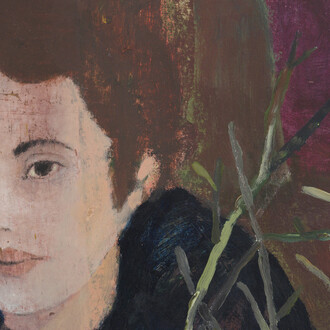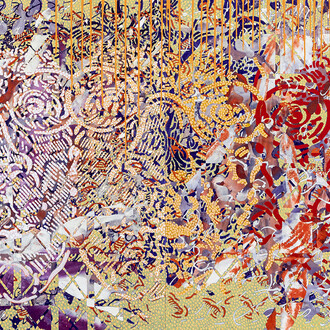Historians of twentieth-century science have not recorded the name of Jean Perdrizet (1907-1975) for posterity.
Perdrizet was originally a deputy civil engineer with the Bridges and Highways department before mental health issues forced him out of his career. He proved a fascinating figure for the many speculative thinkers and scientists he met, describing himself as an inventor and tirelessly striving to awaken human consciousness. Like all great thinkers, he did so by exploring beyond the limits laid down by fields of research.
Just as he would tell the CNRS researcher José Argémi, with whom he maintained a rich correspondence: “The taste for the marvelous rouses the same neurons in our brain, whether it be science or religions, but this marvelous is a hodgepodge, not necessarily a source of precision, but an encouragement to search for this precision.”
Perdrizet worked with subtle shifts of reality, transgressing primary utilitarian functionality and living in a mental realm devoted to his blind mother and the unmarried machines he tasked with enchanting the world. In many ways, his work is reminiscent of Camille Flammarion for the way it reaches beyond the earthly realm, Raymond Roussel, for embracing the poetry of machinery, and Marcel Duchamp for exploring the aesthetics of movement. He submitted his designs to leading scientific institutions such as NASA, the French National Centre for Scientific Research, and the Nobel Prize committee, each invention an invitation to rethink the limits of physics by providing the code to another world. Inventions such as the “Selenite Adam robots” – humanity’s ambassadors to the cosmos – and his “machines for communicating with ghosts” and “sidereal esperanto”, designed to facilitate communication with extra-terrestrials, all proclaimed the abolition of death. Perdrizet died in 1975, three days after his mother.
The gallery already devoted the first and only gallery exhibition to him in 2012, but the discovery of this exceptional group of over 40 works is a veritable event, as much for their extreme rareness as because they help to better our understanding of this wonderful inventor working at the limits of science, the occult and linguistics.
















